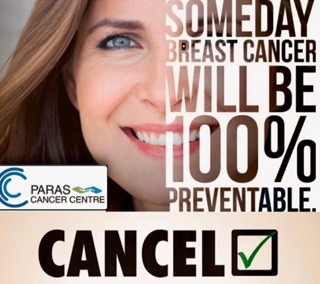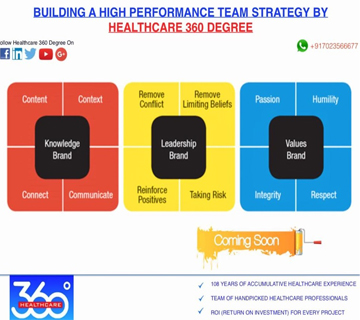Triage allows healthcare professionals to prioritize patients based on their medical needs and allocate resources accordingly. Effective triage helps to ensure that patients receive timely and appropriate care, improves patient outcomes, and optimizes the use of healthcare resources.
- Triage is essential in emergency departments, where patients may arrive with a wide range of medical conditions and varying degrees of urgency. By quickly assessing patients and prioritizing their care, healthcare professionals can ensure that patients receive the right care at the right time.
- Triage can also be used in other healthcare settings, such as outpatient clinics or hospital wards, to prioritize patients who require urgent or specialized care.
- Triage helps to ensure that patients receive appropriate care in a timely manner, which can help to improve patient outcomes and reduce the likelihood of complications or adverse events.
- Triage also helps to optimize the use of healthcare resources, by ensuring that patients are treated in the most appropriate setting and that resources are allocated based on patient need.
- Effective triage requires healthcare professionals to have the necessary training and experience to quickly and accurately assess patients' medical needs. This includes knowledge of relevant medical conditions, triage algorithms, and communication and decision-making skills.
Challenges in Implementing Effective Triage Practices
- Limited resources may pose a challenge in implementing effective triage practices.
- A high patient volume can make it difficult to quickly and accurately assess patients' medical needs and prioritize their care.
- A lack of training or awareness may contribute to challenges in implementing effective triage practices.
- Cultural or social factors may impact patient prioritization and triage practices.
Steps to Overcome Challenges in Triage
- Ongoing training and education for healthcare professionals to ensure they have the necessary skills and knowledge to effectively triage patients.
- Developing standardized protocols and guidelines for triage to reduce variation in care delivery.
- Leveraging technology to support triage, such as decision-support tools or electronic health records.
- Engaging patients and families in the triage process to ensure their voices are heard and their needs are addressed.
- Continuously monitoring and evaluating triage practices to identify areas for improvement and ensure ongoing quality improvement.











































